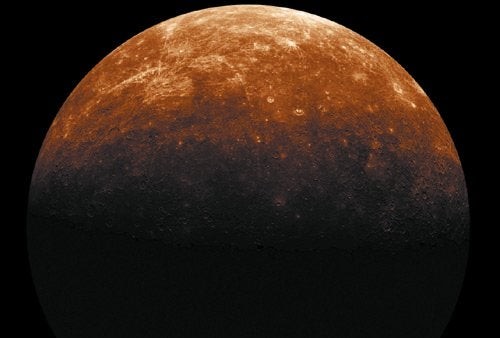A year, representing the time it takes a planet to orbit the Sun, varies dramatically across our solar system. While Earth completes its orbit in approximately 365 days, other planets experience years ranging from a mere 88 Earth days to a staggering 165 Earth years. This vast difference is primarily due to the planets’ varying distances from the Sun and the influence of Kepler’s laws of planetary motion.
Orbital Periods and Kepler’s Laws
Kepler’s third law of motion dictates that a planet’s orbital period is directly related to its distance from the Sun. Planets farther away have longer orbital paths and slower speeds due to the diminishing gravitational pull of the Sun. Conversely, planets closer to the Sun experience stronger gravitational forces, resulting in shorter orbits and faster speeds.
Mercury, the closest planet to the Sun, exemplifies this principle with its orbital period of just 88 Earth days. In contrast, Neptune, the farthest known planet, takes a lengthy 165 Earth years to complete one orbit. Furthermore, Kepler’s second law explains that a planet’s speed varies throughout its orbit. Due to elliptical orbits, planets move faster when closer to the Sun and slower when farther away.
Inner Planets: Mercury, Venus, and Mars
Mercury’s rapid orbit of 88 Earth days contrasts sharply with its slow rotation, taking 59 Earth days. This discrepancy leads to a solar day (a complete day-night cycle) lasting approximately 176 Earth days on Mercury.
Venus, with a year spanning 225 Earth days, exhibits a unique retrograde rotation, spinning clockwise opposite to most planets. Its incredibly slow rotation takes 243 Earth days.
Mars, often referred to as the Red Planet, boasts a year of 687 Earth days or 1.88 Earth years. A Martian solar day, known as a sol, is slightly longer than an Earth day at 24.6 hours.
Outer Planets: Jupiter, Saturn, Uranus, and Neptune
Jupiter, the solar system’s largest planet, has a short day of under 10 hours but a long year of 12 Earth years due to its vast distance from the Sun.
Saturn, renowned for its magnificent rings, completes a rotation in about 10.7 hours. However, its year is a substantial 29.4 Earth years.
Uranus, with a unique axial tilt of 97.8°, has a year equivalent to 84 Earth years and a day lasting 17.2 hours.
Neptune, the farthest known planet, takes a remarkable 165 Earth years to orbit the Sun. Its day is relatively shorter at around 16 hours. Each season on Neptune lasts for over 40 Earth years.
Dwarf Planet Pluto
Pluto, classified as a dwarf planet, has a year lasting 248 Earth years and a day of about 153.3 hours, or just over six Earth days.
Conclusion
The length of a year on different planets provides a fascinating insight into the dynamics of our solar system. These vast differences in orbital periods are a direct consequence of the interplay between distance from the Sun and gravitational forces, as elegantly described by Kepler’s laws. From the rapid orbit of Mercury to the centuries-long journey of Neptune, each planet’s year contributes to the rich tapestry of our cosmic neighborhood.

